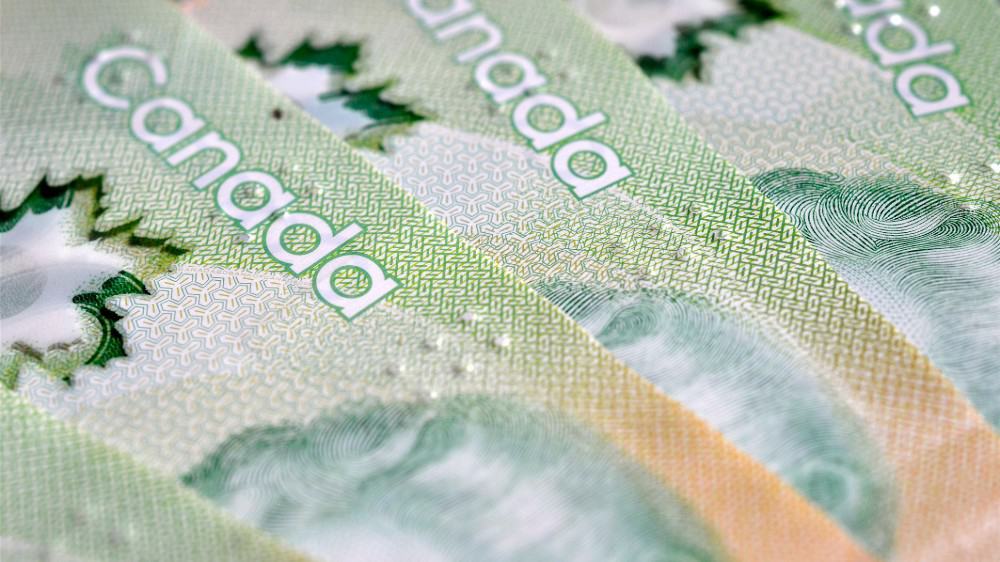In the interest of getting CERB money out to Canadians who need it, the CRA has been pushing through applications quickly. There have been reports of people getting approved almost immediately and receiving their first payments within three to five days of applying.
Early on, expediency was necessary to get benefits out to those who needed them. But it came at a cost. Due to the lax approval process, many Canadians received CERB money when they shouldn’t have. According to a recent CBC article, CRA employees have been dealing with individuals who received the CERB without being eligible. In one extreme case, a family of three received $4,000 each, when not a single one of them actually qualified.
It’s not a situation anybody wants to find themselves in. But it could happen to you. As previously mentioned, the CRA has been lax in approving people for the CERB, but that doesn’t mean they’ll be lax about questioning you later on. If you really want to be safe, you need to make sure you’re eligible for the CERB before you apply. Here’s how to do that.
Make a list of all the eligibility requirements
To make sure you’re eligible for the CERB, you should write down all of the eligibility requirements. The following four broad points would be a good place to start:
- You need to have earned over $5,000 in the last 12 months.
- You cannot have earned over $1,000 in the last 14 days.
- You cannot be receiving EI.
- You cannot have been re-hired under the CEWS program.
The third point on this list deserves some clarification. If you were already receiving EI before COVID-19 hit, you will continue receiving it until the end of your benefit period. However, if you start a new EI claim, you’re likely to be given CERB instead. So you can’t receive CERB and EI at the same time, but you can get EI now and get CERB later.
Make sure your investments won’t impact your eligibility
Another big thing to keep in mind when it comes to the CERB is your investments.
For the most part, they don’t affect your eligibility, but there are some major caveats here.
Basically, if you hold a normal publicly traded investment like the iShares S&P/TSX 60 Index Fund (TSX:XIU), you should be safe. On the CRA website, there’s no mention of eligible dividends affecting your ability to receive CERB. So if you hold a $1,000,000 position in XIU and get $30,000 a year in dividends from it, you should still qualify, even though you’re earning more than $1,000 a month.
If you’re receiving small business dividends, the situation is a little different. According to the CRA website, they count as income toward CERB eligibility. On the plus side, that could help you get past the $5,000 12 month minimum. On the negative side, it could push you past the $1,000 14-day maximum.
The bottom line is that it pays to know the CERB eligibility requirements before applying. The last thing you want is to get thousands of dollars only to owe all of it back to the CRA. So keep track of your income, know the eligibility requirements, and hold publicly traded assets like XIU–ideally in an RRSP or TFSA. These are the keys to keeping the CRA at bay.









